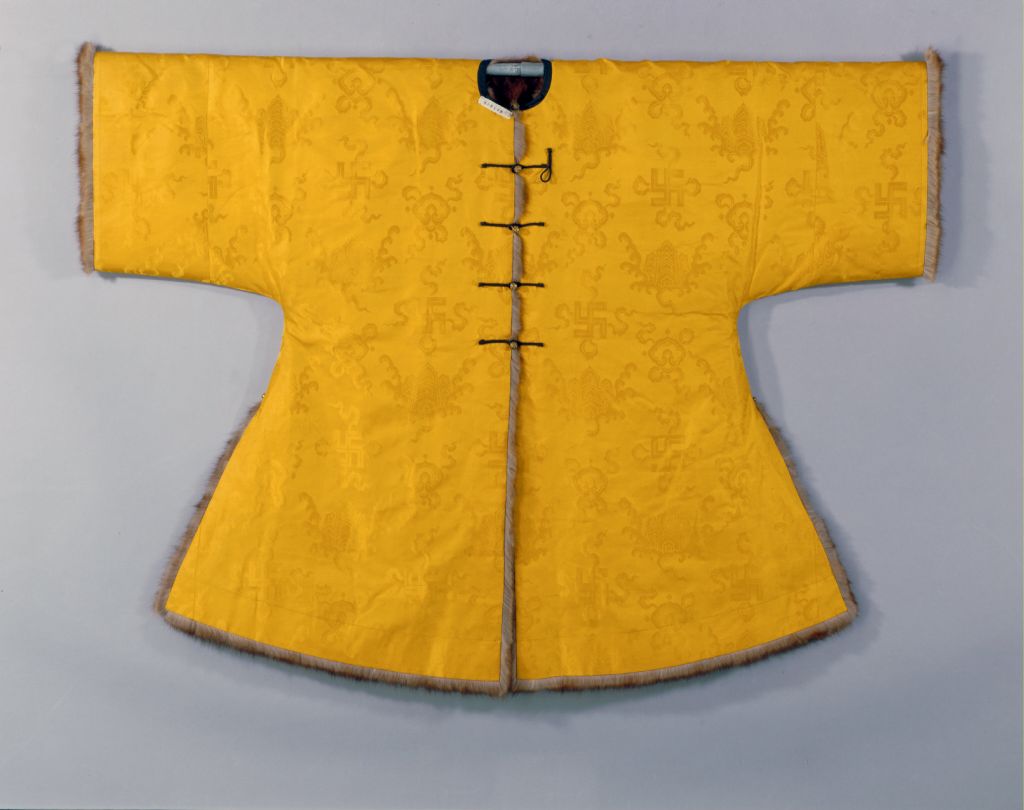[Liang Kai’s drawing page of autumn willows and two crows]
The drawing page of autumn willows and two crows, Northern Song Dynasty, Liang Kai’s painting, silk, ink, 24.7cm in length and 25.7cm in width
On the wanfan page, the words “Liang Kai” are signed in the running script
This picture was named “Autumn Willows and Two Crows” by its predecessors, which actually wrote the poetry of the five-character quatrain “Birds Singing in the Stream” by Wang Wei, a poet of the Tang Dynasty. Wang Wei’s poem “When people are free, osmanthus flowers fall, and the night is still in the spring sky. The moon startles the mountain birds, and when it comes out, it sounds in the spring stream.” depicts the night scene of the spring mountain and the moon in the birdsong stream, which is both quiet and lively. Liang Kai’s painting depicts a broken dead willow in scorched ink, with three or two branches soaring up and blowing down, abruptly dividing the whole leaf into two parts. The composition is bold and wins by surprise. The thin clouds and full moon in the vast white space are tinged with faint ink, which adds a bit of mystery to the empty valley and spring mountain. The rising moon startled two mountain birds to fly and sing, breaking the silence of the night sky. Although the old willow was thin and weak, its branches were still tough, making the viewer feel the pulsation of natural life
Liang Kai’s painting is famous for its “reduced strokes”. This painting is no exception. Only a few strokes vividly depict the main characteristics of the objects and the inner charm of flowers and birds. The large blank space makes the picture appear empty and implicit, giving people an imaginative space with endless ink and ink, and achieving the artistic effect of “everything without painting is a wonderful scene”.
![图片[1]-Liang Kai, autumn willow, two crows, picture page-China Archive](https://chinaarchive.net/Southern Song dynasty/painting/27452[1024].jpg)
![[Qing Dynasty] British female painter—Elizabeth Keith, using woodblock prints to record China from the late Qing Dynasty to the early Republic of China—1915-China Archive](https://chinaarchive.net/wp-content/uploads/2022/11/image-191x300.png)




